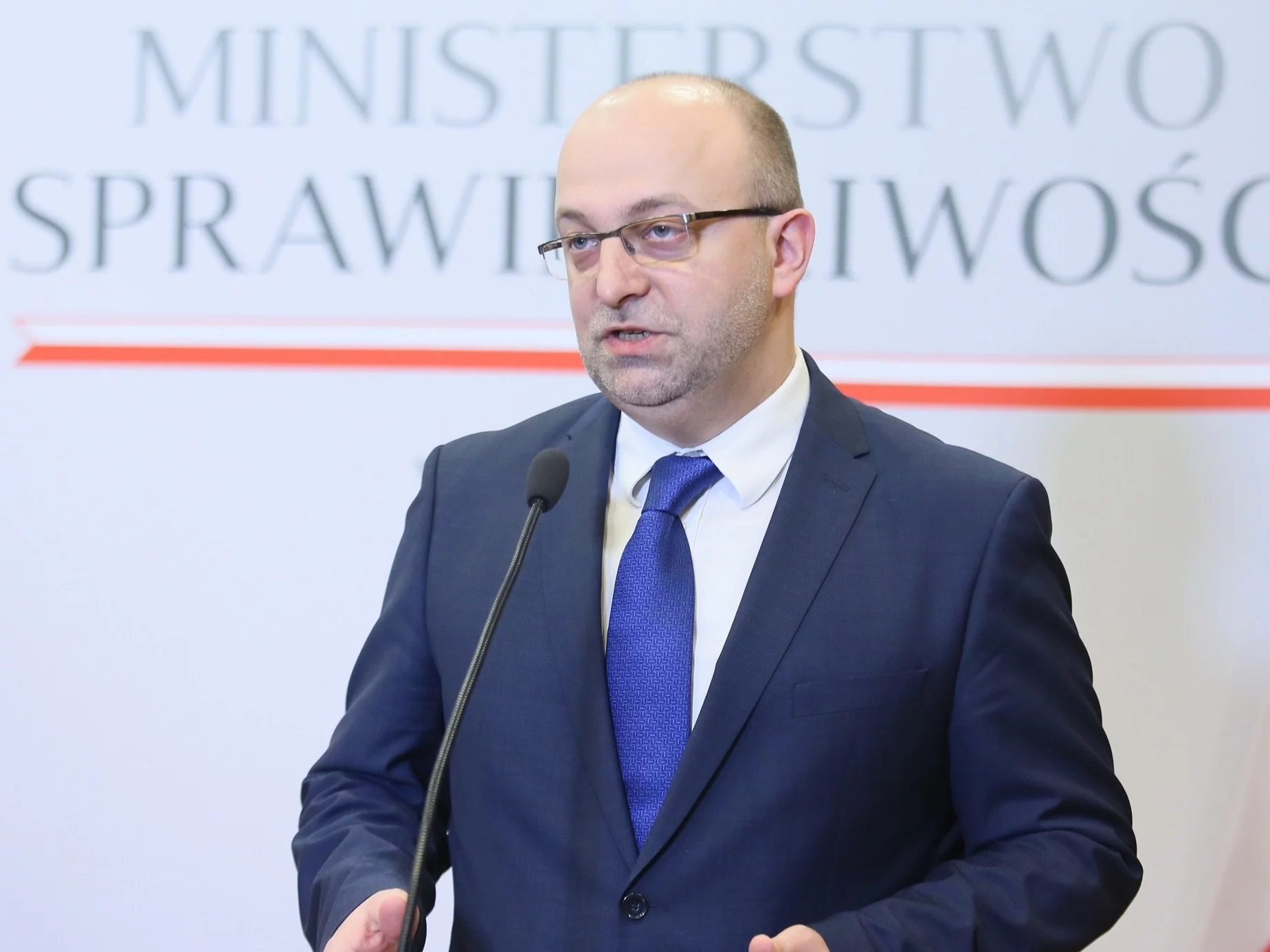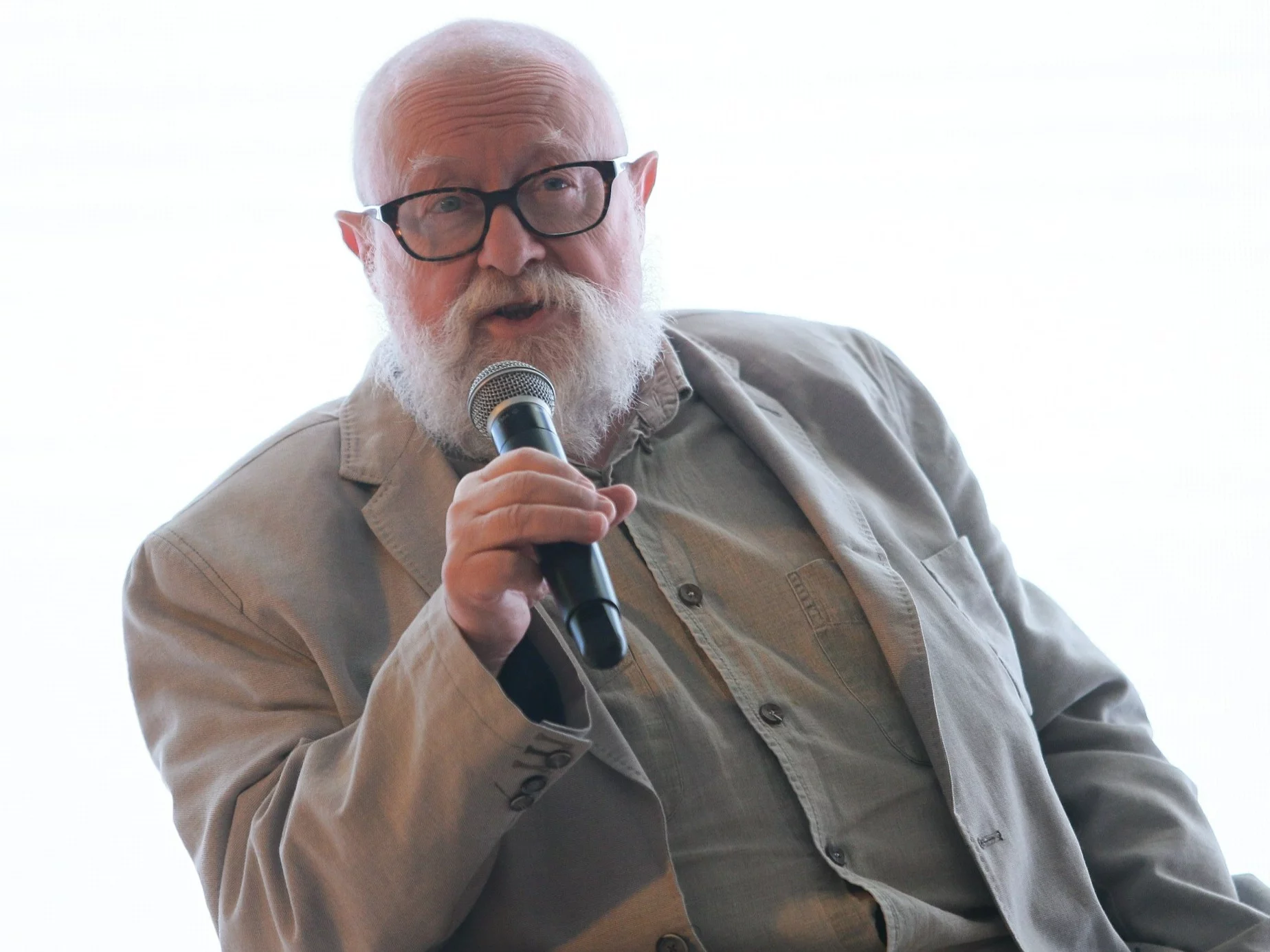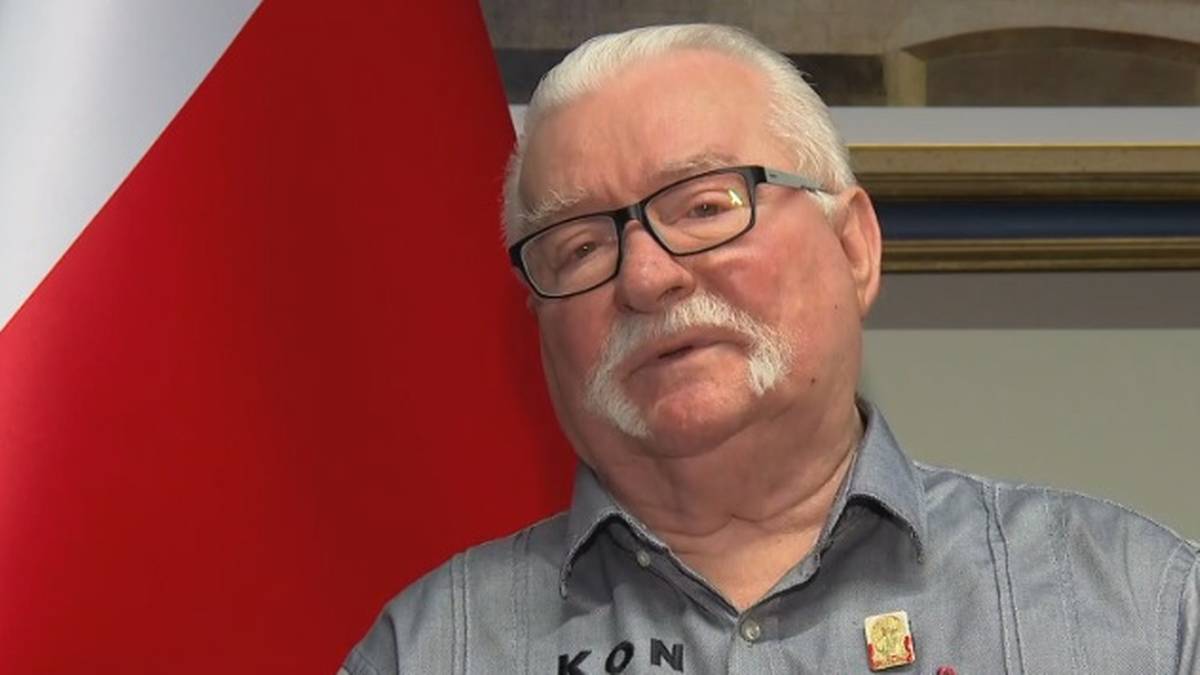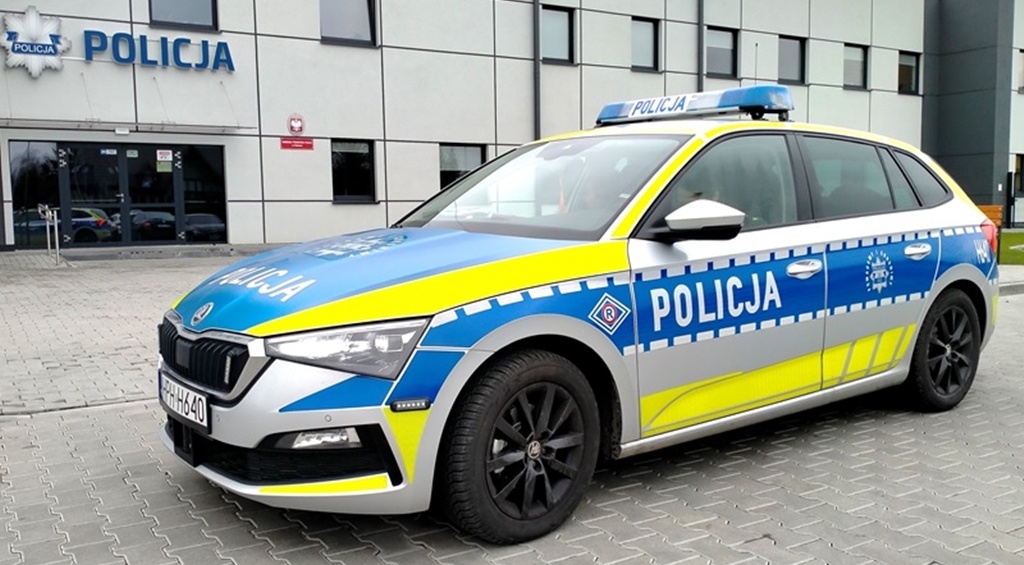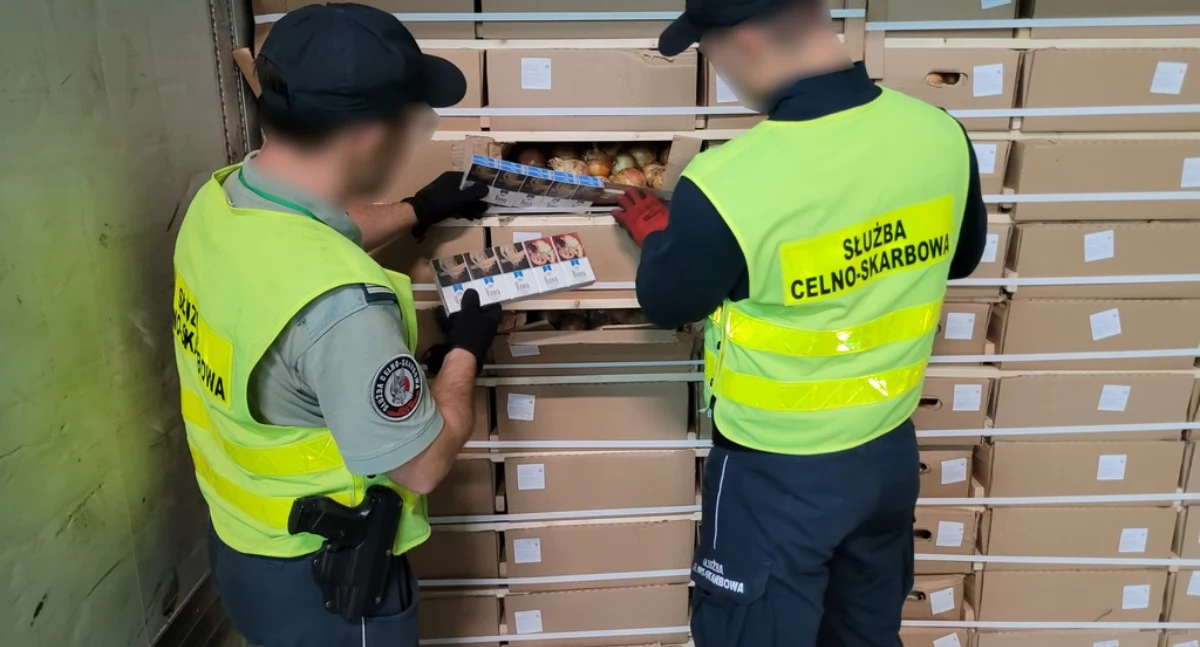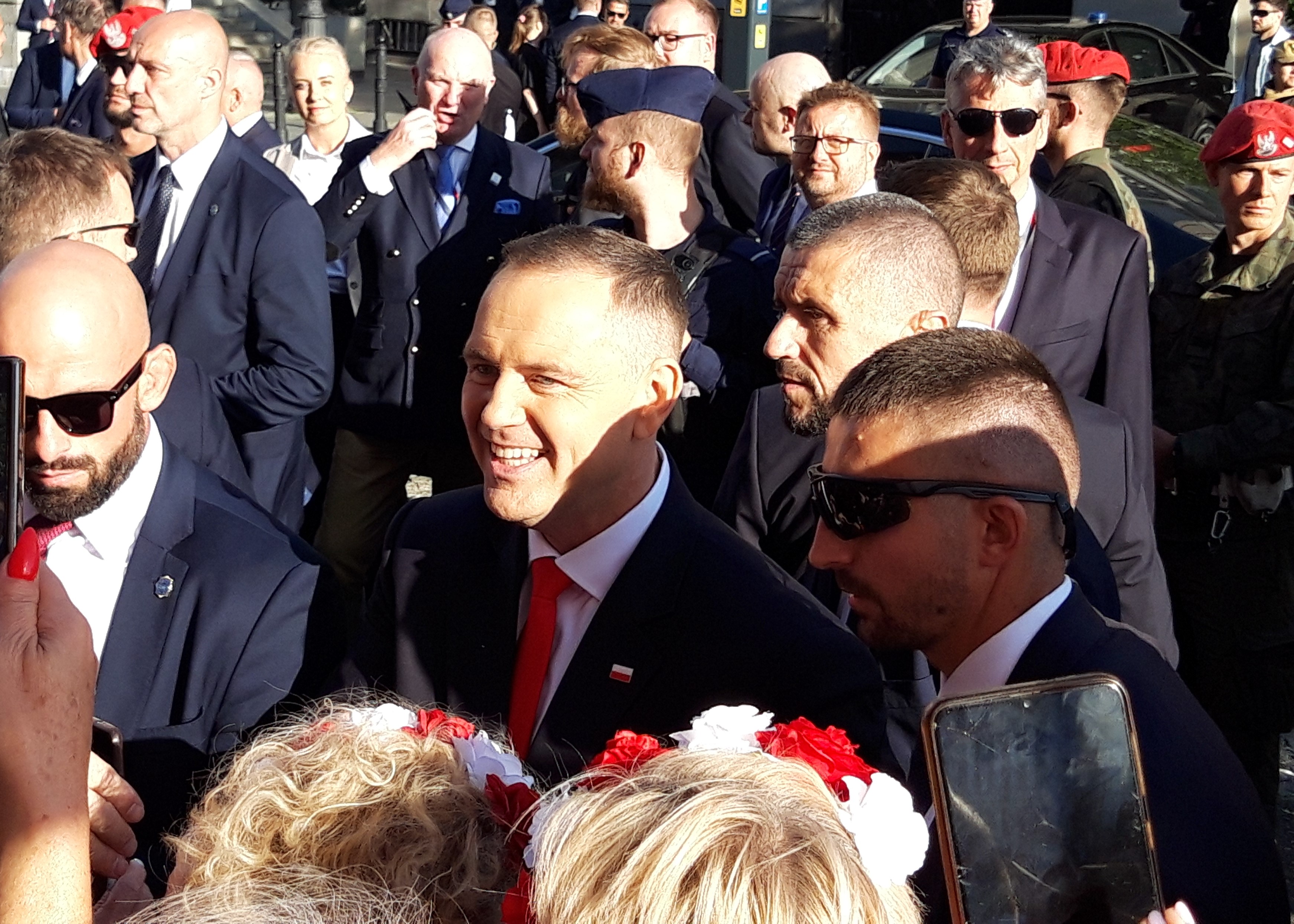Residents returning to Matrix in 1920. Since the first days, Pomerania has decided to actively participate in the life of the reborn Polish State. Many economical and cultural issues were taken into their own hands and did not wait for inspiration from the capital, that is, Warsaw.
In this way they wanted to prove that their return to the borders of the Republic was full apparent and deserved. Through these actions, they proved how crucial economical and cultural possible they could offer to the reborn state. The actions carried out by local socialists were to prove that the people of the Pomeranian land with so and Kashub did not come with empty, drawn towards central government with their hands. They thus argued that in this northern part of the Republic there are social, economical and social forces that can powerfully strengthen the reborn state.
These activities were manifested, among others, by the establishment of the Pomeranian Council, which was established in Grudziądz on 13 March 1920. 1 of the crucial impulses for its formation was the threat posed by the Bolshevik troops, which approached the borders of the Pomeranian Voivodeship. The Council included prominent citizens of all layers and biases to establish institutions for self-help and self-defense of the inhabitants of these lands. The Council consisted of 31 members. The natural state of affairs was the participation in this voivod group Stefan Łaszewski. There were besides representatives of landowners, lawyers, and representatives of the Pomeranian clergy. Dr. Aleksandr Majkowski could not miss this group. Among the members of many, there was sympathy for the Endecian political trend. Members of the National Workers' organization were besides present.
Established organization, according to its president Dr. Alexander Majkowski: “She has outlined rather a wide scope of activities, namely: a) propaganda of Polishness, b) education and journalism, c) economical activity specified as the acquisition of printers, hotels in Germanized cities, where they would support the Polish element, d) organisation of the Kościuszko teams. The Pomeranian Council supported, at the time of the Bolshevik collapse, the organisation of the Volunteer Army and the civilian defender in Pomerania, then began to prosecute its own objectives, but did not go far due to the thinness of funds and political difficulties." (Kashubian History, t. IV, p. 104)
The most effective and historical action of the Council, in addition to many economical initiatives, to support the financial support of Pomeranian cultural institutions, should be mentioned by organising Exhibitions of Fine Arts of Pomeranian Artists. The average recipient will find it hard to find artists who could be invited to participate in this exhibition. The largest centres in this area – Toruń, Bydgoszcz or Grudziądz, and even so filled with works of art and architecture of Gdańsk, did not have universities with an artistic profile. And yet... For the purposes of the exhibition 165 works were collected. The authors were 16 artists. In this number were specified creators as the largest Polish sailor Marian Mokwa is Wacław Szczeblewski. There could besides be no shortage of Kashubian culture. Theodory Gulgowska From the mediate East.
Since the announcement of the intention to organize the exhibition, many have expressed their reservations. The first question was whether there would be adequate of the creators to prepare specified a presentation. The president of the Council replied to them in the introduction to the catalogue of the exhibition: "Will Pomerania, the longest and most intensive of all the Polish lands fortified and influenced by abroad culture flooded, be able to accumulate adequate in terms of the number and level of the artistic value of the brush to justify the effort needed for the device?" He continues: “With all awareness, a number of weaker things were accepted to encourage. erstwhile utmost external conditions were part of the artist’s development.”
The second raised uncertainty was the introduction of the criterion of "marginality" of artists. Also, this issue was explained in the introduction to the catalogue of the exhibition by Dr. A. Majkowski: “If the exhibition organiser limited it to the works of ancestral Pomeranian, this did not happen for particularist reasons, just as akin considerations did not happen in the erstwhile years erstwhile he held exhibitions of fine arts in Poznań, Warsaw, Krakow, Lviv. It is right to prosecute Pomerania to show Poland that we do not enter the united Homeland with empty hands. In addition, if the exhibition of Pomeranian artists makes a bump in the widely widespread and late drastic way expressed in the Warsaw magazine, that Pomorze was a kind of Polish Beotia, it would contribute to common rapprochement and abolition of the effects of abroad invasion.”
The initiative of Pomorskie activists would not have been possible if it had not been for the authorities of Grudziądz. It has been expressed in an active manner. For the purposes of the exhibition, the city made the premises available at the office Museum and Libraries in Grudziądz. present this building occupies itself Wiktor Kulerski Municipal Library – a well-deserved Pomeranian activist and publisher of “Gazeta Grudziądzka”. The works delivered by artists were exposed in the exhibition halls. It opened on 7 June 1921. The importance of this beginning is undoubtedly emphasized by the presence of the Chief of State Józef Piłsudski. It is noteworthy that this was 1 of his fewer trips to Pomerania.
The catalogue published for the purposes of the exhibition covers only the list of authors and titles of the works displayed and the method of their execution. any of the authors were presented in it by publishing short biographies. According to this list, the most work was presented by Marian Mokwa (32). The second in this classification was Wacław Szczeblewski (29) and 14 works presented by Teodora Gulgowska.
The author of the entry to the “Catalogue” highlighted 2 essential elements. The first was the thematic diversity. These were not always subjects that referred in different ways to Pomerania. Many of them presented landscapes of circumstantial places, specified as the Kashubian hut or views of Lake Wdzyga. A crucial thematic group were portraits. They presented not only circumstantial characters, but besides random and unknown (e.g. “The girl from Kashubian” Stanisław Chlebowski). Among the works sent to the exhibition were besides views of architectural objects. Work can be cited here Bruno Gęstwicki “The Church of St James – Toruń” and “The Church of St Johns” in Toruń. Even the largest Polish sailor Marian Mokwa presented, alongside of course the naval works, the watercolour “Tatra”. His presentation besides included works presenting exotic regions of our continent. His work “Bazar Istanbul” (original spelling) or “Evening on the Golden Horn” and “A view from “Alem Bahghu on Bosfor and Istanbul” was here.
The paintings and graphics presented were not only thematically differentiated. Various techniques of their execution were besides presented. Basic for all painting were those made in oil technology on canvas. many watercolors, dry pastel, pencil, and feather drawings were besides represented.
As the press reports from that time convince us, the exhibition was very well received by both the audience and reviewers. The exhibition, which runs until 1 September, became a crucial event for the full Pomeranian community. The information contained in the ‘Gazeta Grudziądzka’: “The Pomeranian Exhibition is simply a manifestation against German claims of “Germanity” in Polish lands” (Kashubian History, t. IV, p. 112)
Another text taken from the same paper contains very crucial statements of a socio-political nature and the attitude of Pomerania to the German national minority. We read: “With all our awareness, the Gdańsk painters were accepted for the Pomeranian exhibition, due to the fact that despite any isolation by the peace treaty, we will proceed to respect Gdańsk as the Capital city of Pomerania... The exhibition besides features paintings of German painters who come from Pomerania and feel connected to this land, wanting the Polish society, among whom they live, to treat them now as children of Pomerania". (Kashubian History, t. IV p. 112.)
Any successful initiative brings lasting benefits. This artistic event was no different. It became a beginning for the further improvement of art in Pomerania. During the exhibition, the Association of Pomeranian Artists based in Grudziądz was established. As a primary nonsubjective of activity, the Statute records the popularization of art and the professional interest of creators. In addition to average membership, the position of "extraordinary member" was besides envisaged. At the time of the establishment of the organization, specified position was granted, among others, to Dr. A. Majkowski and W. Szczeblewski. They both headed the alleged “Curator of the Association”. The established organization besides became a base for the organisation in 1922 by W. Szczblewski Pomorskie School of Fine Arts. It also, until the 1930s, operated in Grudziądz, after which it was transferred to Gdynia.
The prepared artistic exhibition was the culmination of the activities of the Pomeranian Council. 2 years after its appointment, the Council has self-solved. There were different reasons for this decision. On the 1 hand, funds were exhausted. On the another hand, the Council lost the support of the provincial authorities. It was besides subjected to harsh criticism, which focused mainly on the individual of Dr. A. Majkowski. This was peculiarly actual of the inaccuracy in the financial documentation. This situation was an highly clear illustration of events related to the return of Pomerania to the reborn Republic. In Silesia, Greater Poland, various visions of the reborn statehood clashed at the east Borders. besides the central part of the country was not free from full emotions, passions and political slogans of speeches and actions. It was no different in Pomerania. “Young” clashed with the older generation of Pomeranian-Cashub activists. However, everyone had 1 goal – integration of the full Pomerania, including Gdańsk, with the Republic of Poland. For this intent they sought, although they utilized different methods which yet led to a national community, to a merger with Matrix.
Andrzej Kotecki
It was developed on the basis of: 1. Józef Borrzyszkowski, “History of Kashubians in the past of Pomerania”, Vol. IV; 2. “Exhibition of Fine Arts of Pomeranian Artists held by the Pomeranian Council in Grudziądz” [catalogue]; Grudziądz 1921.
Think Poland, No. 3-4 (14-21.01.2024)



